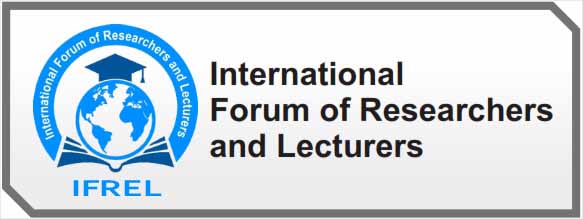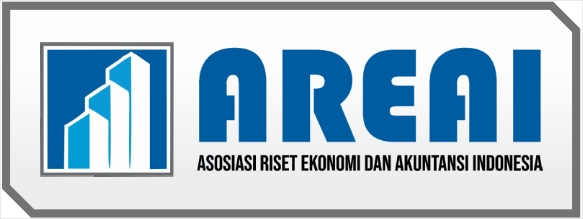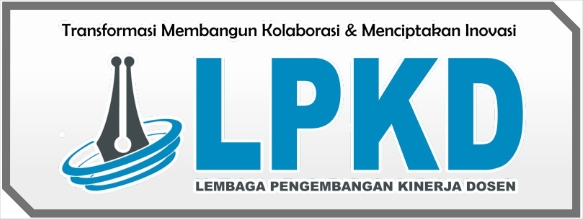Post-Disaster Mitigation Analysis In Cianjur
DOI:
https://doi.org/10.55606/bijmt.v3i1.1174Keywords:
Analysis, Mitigation, Post DisasterAbstract
There are important lessons after the earthquake in Cianjur, namely carrying out disaster mitigation both before and after the disaster. Communities who are at the location of the earthquake, are expected to always be vigilant. Earthquake events on the surface in densely populated areas can cause secondary disasters, such as cracks and subsidence of the ground, ground movement, and liquefaction. Therefore, it is necessary to map earthquake-prone zoning with a more detailed scale so that it can become a reference in determining the selection of settlement locations. Zoning mapping must be equipped with a good mitigation scheme. The role of local and central government is urgently needed, such as outreach and constructing earthquake-resistant buildings complete with evacuation routes and places. All elements must be involved in handling the aftermath of this earthquake. One disaster event should be able to illustrate that many efforts must be prepared. It is hoped that the penta helix collaboration will make people calm and able to adapt to disasters. In post-disaster handling, what needs to be paid more attention is related to coordination between each unit handling disaster mitigation, patterns of distribution and or storage of aid that comes from various sources, accountability of disaster mitigation social organizations, sustainability of the aid program itself, and accountability for the aid program. also related parties. Future programs after the disaster are adequate education for the community, repair of infrastructure damaged by the earthquake, and creation of evacuation routes if another disaster occurs.
References
https://doi.org/10.13140/RG.2.1.1051.9443
https://hot.liputan6.com/read/5019750/mitigasi-adalah-upaya-mengurangi-risiko-berikut steps-and-examples#:~:text=Mitigation%20adallah%20step%20which%20also,stay%20di%20region%20rawan%20bencana.
Patnistik, (2022), Disaster Mitigation After the Cianjur Earthquake, https://www.kompas.com/tren/read/2022/11/30/192656265/mitigasi-bencana-pascagempa-cianjur?page=all.
Mahmudah, F., Cahyono, S., Susanto, A., Suhendar, S., & Channal, K. (2021). Up-Skilling and ReSkilling Teachers on Vocational High School with Industry Needs. Journal of Vocational Education Studies, 4, 249–262. https://doi.org/10.12928/joves.v4i2.3777
Yona, S. (2014). Preparation of Case Studies. Indonesian Journal of Nursing, 10, 76–80. https://doi.org/10.7454/jki.v10i2.177
https://jabar.bps.go.id/
https://bpbd.bogorkab.go.id/mitigasi-adalah-upaya-mengurangi-risiko-berikut-langkah-langkah-dan-contohnya/
https://vsi.esdm.go.id/















